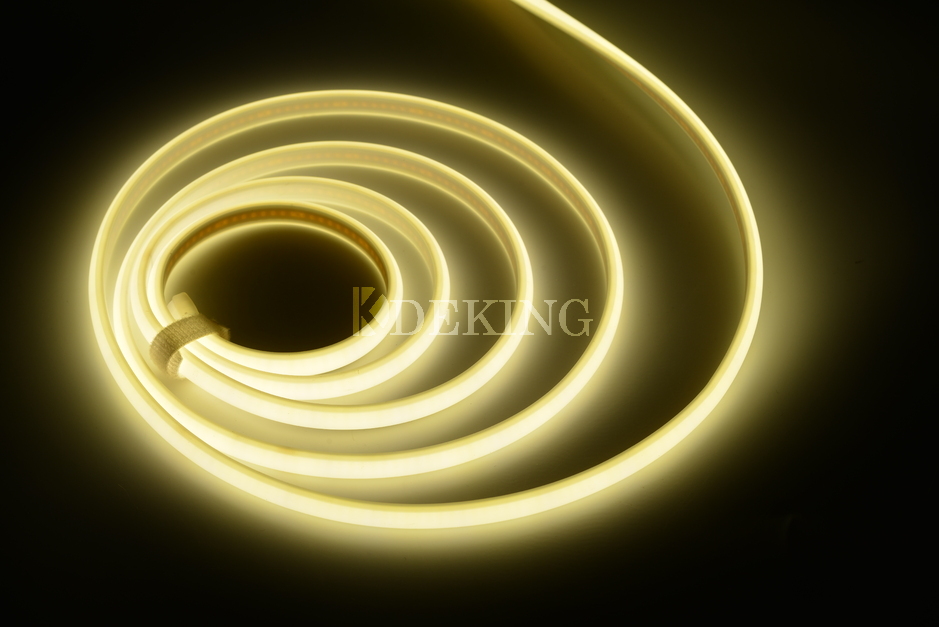A key driver of the rebirth in LED strip functionality outdoors like architectural lighting, signage and landscape designs continues to be their ability standup to extreme weather. The way they operate in extreme conditions is not just a sign of their strength, but also the economics and functionality. The following discusses the items that go into designing vandal-resistant led strip lights and maximising their utility in rubbing against climate.
Resistant to the elements
LED strip lights, made with durable materials and protection against some elements of the environment The highest quality LED strips will come in a silicone case or an IP (Ingress Protection), indicating its level of protection against solids and liquids. Specifically, LED strips with an IP65 rating are considered dust-tight and can resist low-pressure streams of water making them ok for rainy or dusty environments.
Temperature Tolerance
One great benefit to LED strip lights is their wide temperature range. They also tend to work in temperatures between -20°C and 50°C (-4°F to 122°F). This explains why they are able to adapt well with different climates such as freezing arctic climate down to the heat of desert areas. Some mid-grade LED light strips have kept at a "lights on" state, performing just as bright in freeze test conditions than with warm temperatures; however high performance comes with a cost.
Antimicrobial propertiesResistance to moisture and water
Problem Of The Water In Outdoor Lighting Applications Outdoor-rated LED strip lights often come with better IP ratings - like those ranging from IP67 or IP68, respectively meaning waterproof against submersion in water up to 1 meter deep for a certain time. This makes them perfect for water feature installations, those in rain-prone regions as well as submerged applications like pools and fountains.
UV Radiation: The Primary Cause of Photodegradation UV rays from the sun cause 90-95%of all degradation in products left outdoors (Fig. 2).
UV can also degrade many materials upon long time exposure, weakening or coloring them. Some more premium LED strips are supplied with UV stable coatings, to protect the lights from harmful rays of sun. This guarantees that despite being placed in spots where direct sunlight strikes the whole day, they would still keep their color uniformity and material strength.

Wind and Physical Impact
The weather-resistant factors of LEDs are a benefit, but they need protection from strong wind which can be severe and damaging to exposed strip lights. Outdoor-rated LED strips typically come protected in their own hardened covering, which can minimize physical impacts like flying debris from high winds due to its weather-resistant shell.
Benefits to the Economy and Environment
For use in extreme weather applications, LED strip lights are not only up to the physical requirements but they are an economical and environmentally wise solution as well. Long-lasting and energy-efficient, these fixtures spare the waste of frequent replacement while being kinder to our environment. Additionally, the strength of these materials means less money and resources are going to be wasted on maintenance down the line which increases their already cost-effective status while also appealing more towards environmentally considerate consumers.
However, given the technology of them at our disposal and an impressive led strip lights wholesale so they always took mechanically safe in harsh weather conditions some clearance but much higher. From being freeze-proofed to damp proof from rainstorms and bulletproof toward the sun beats while out in desert lights, these are up for any challenge. When it comes to construction, they are solid that guarantees long-term use with the best performance even if exposed outside for maximum effect.